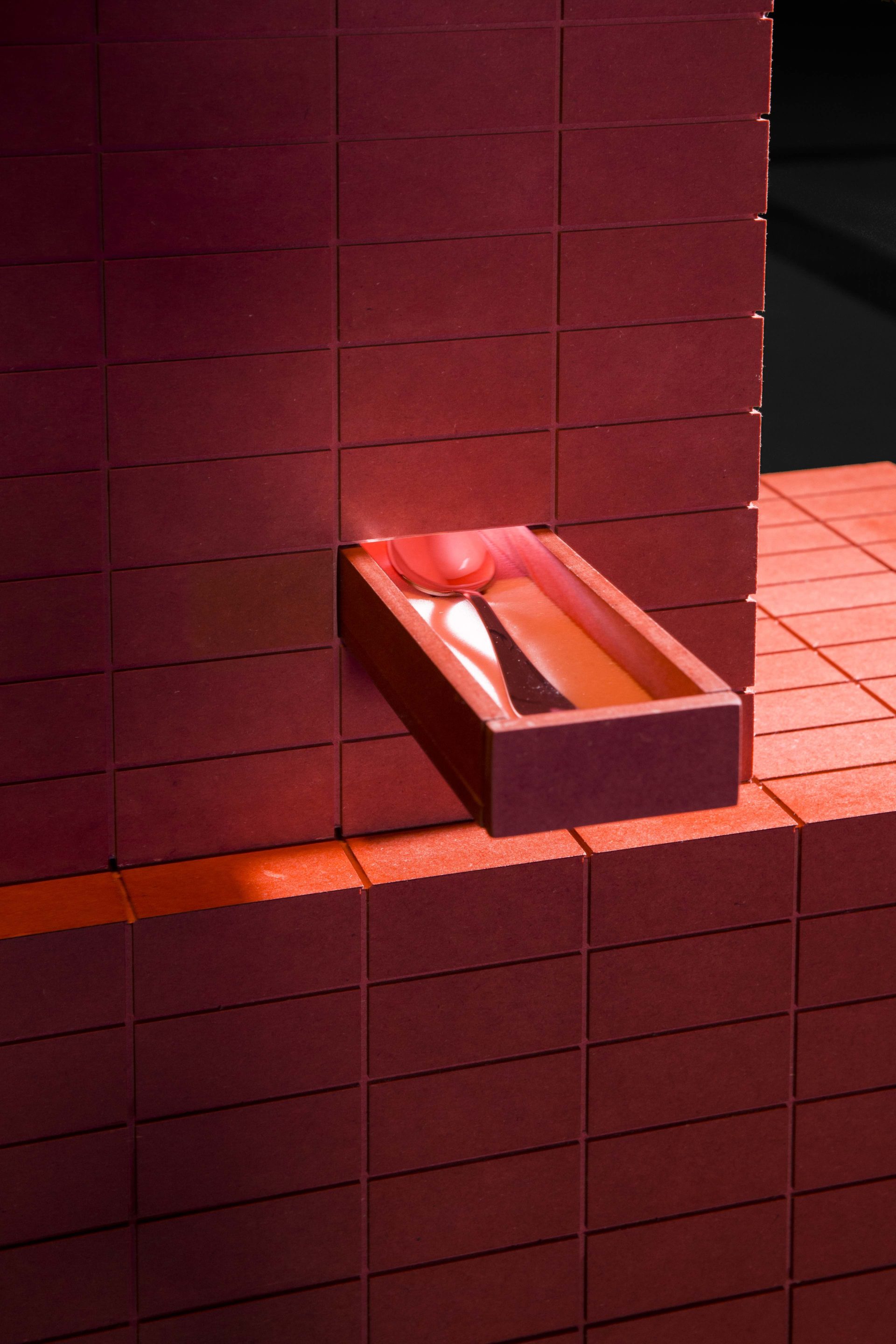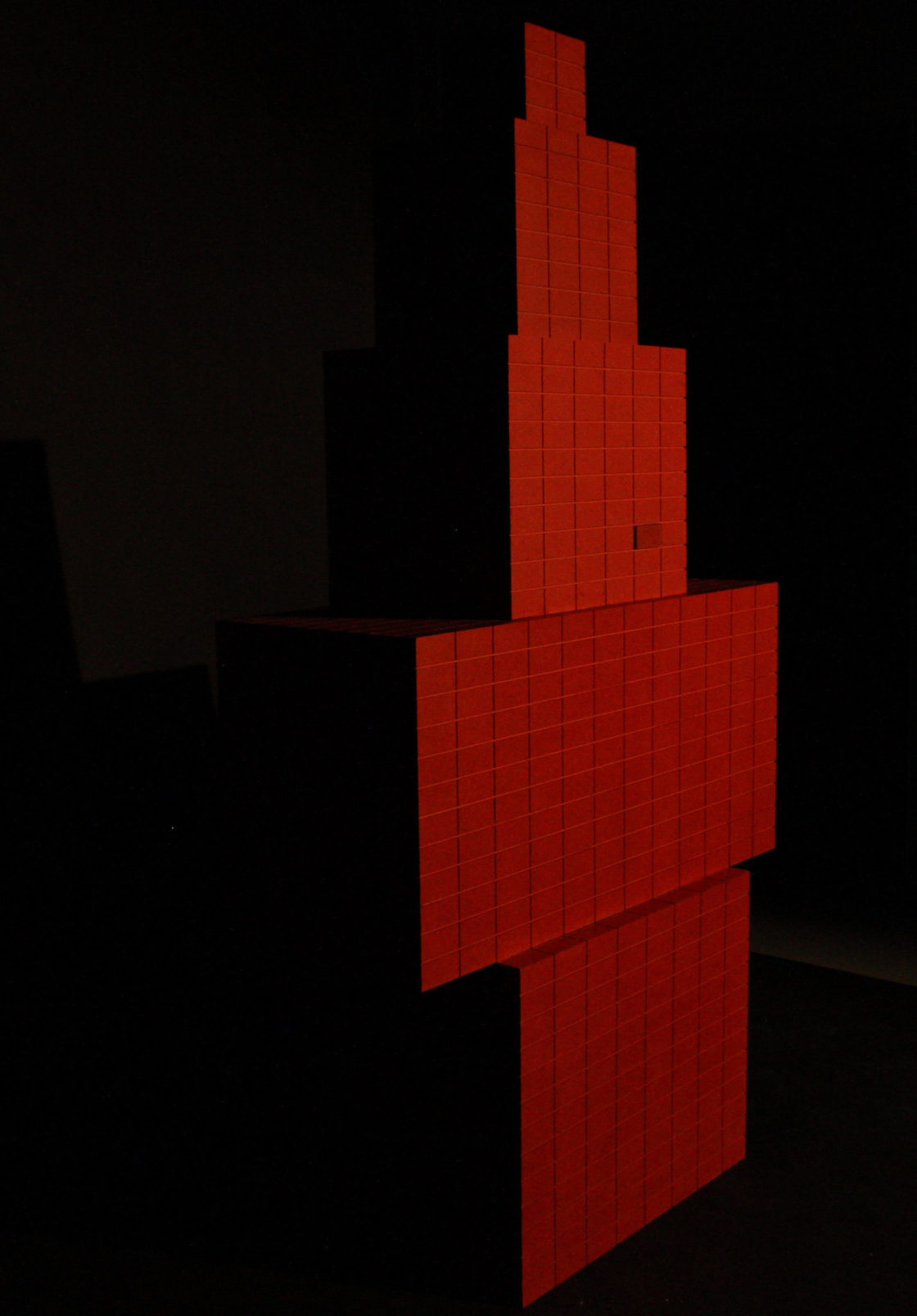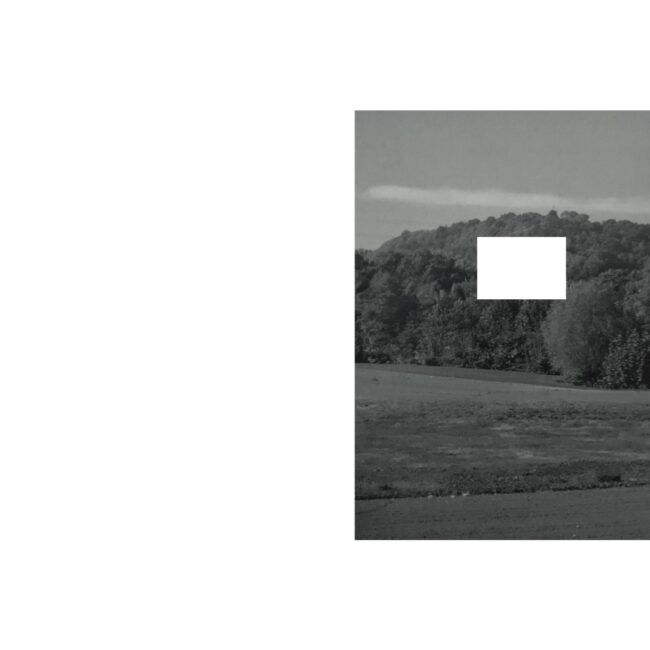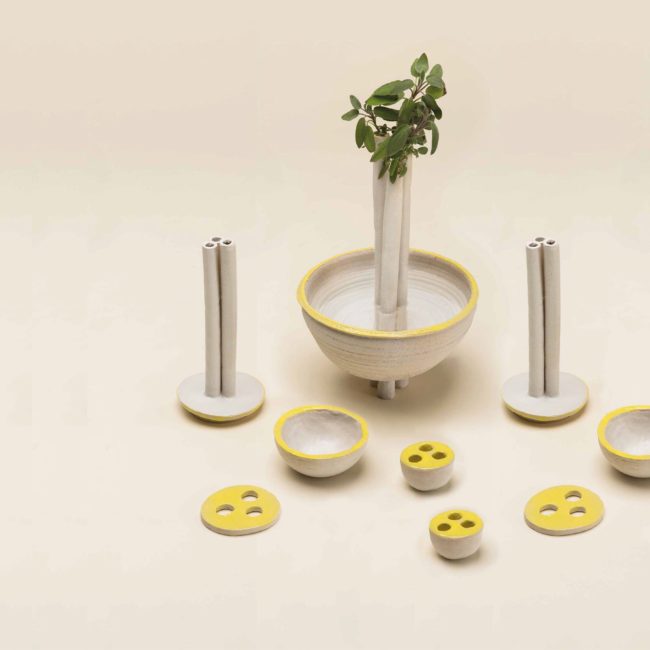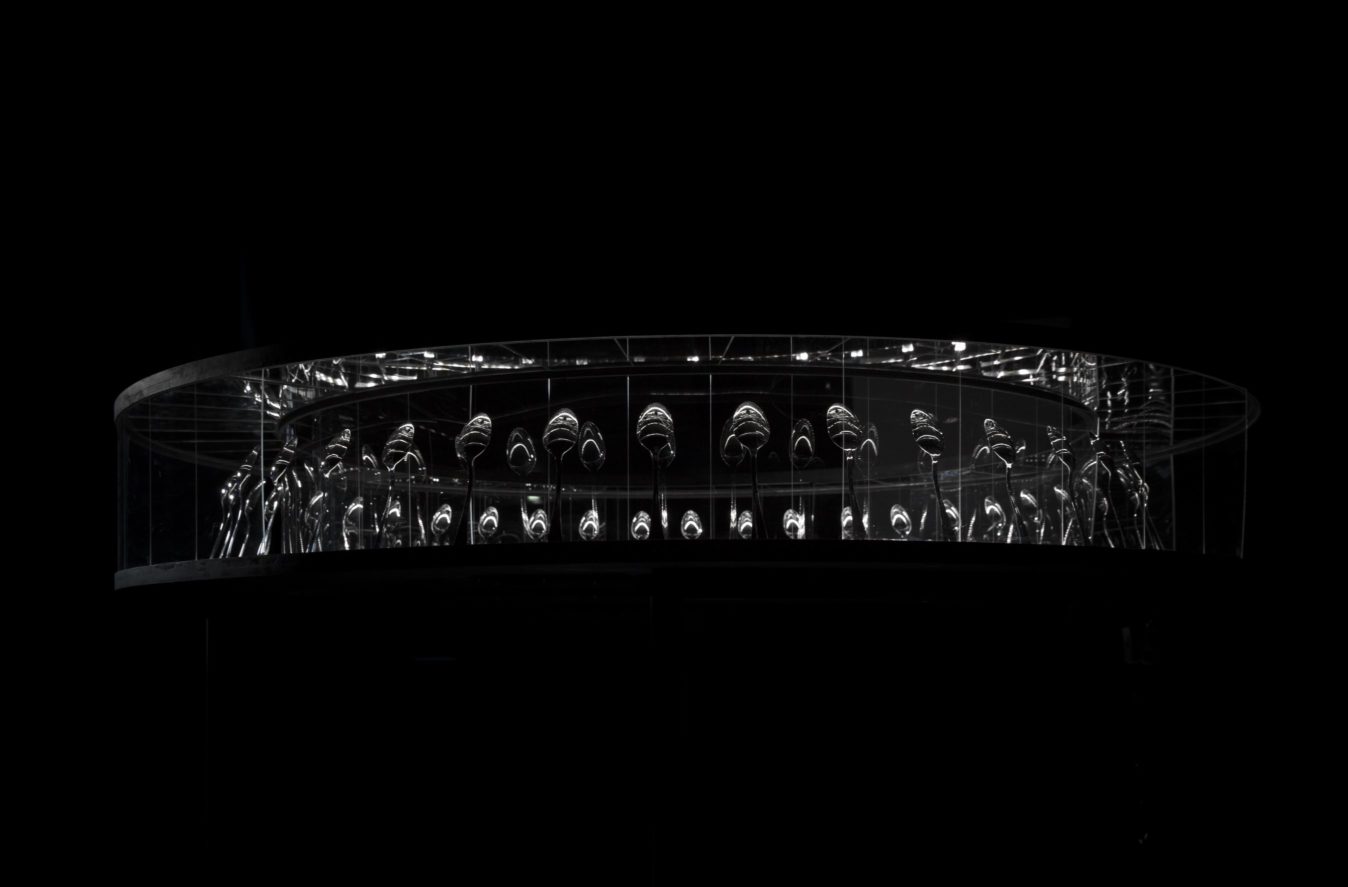
Chapter 1
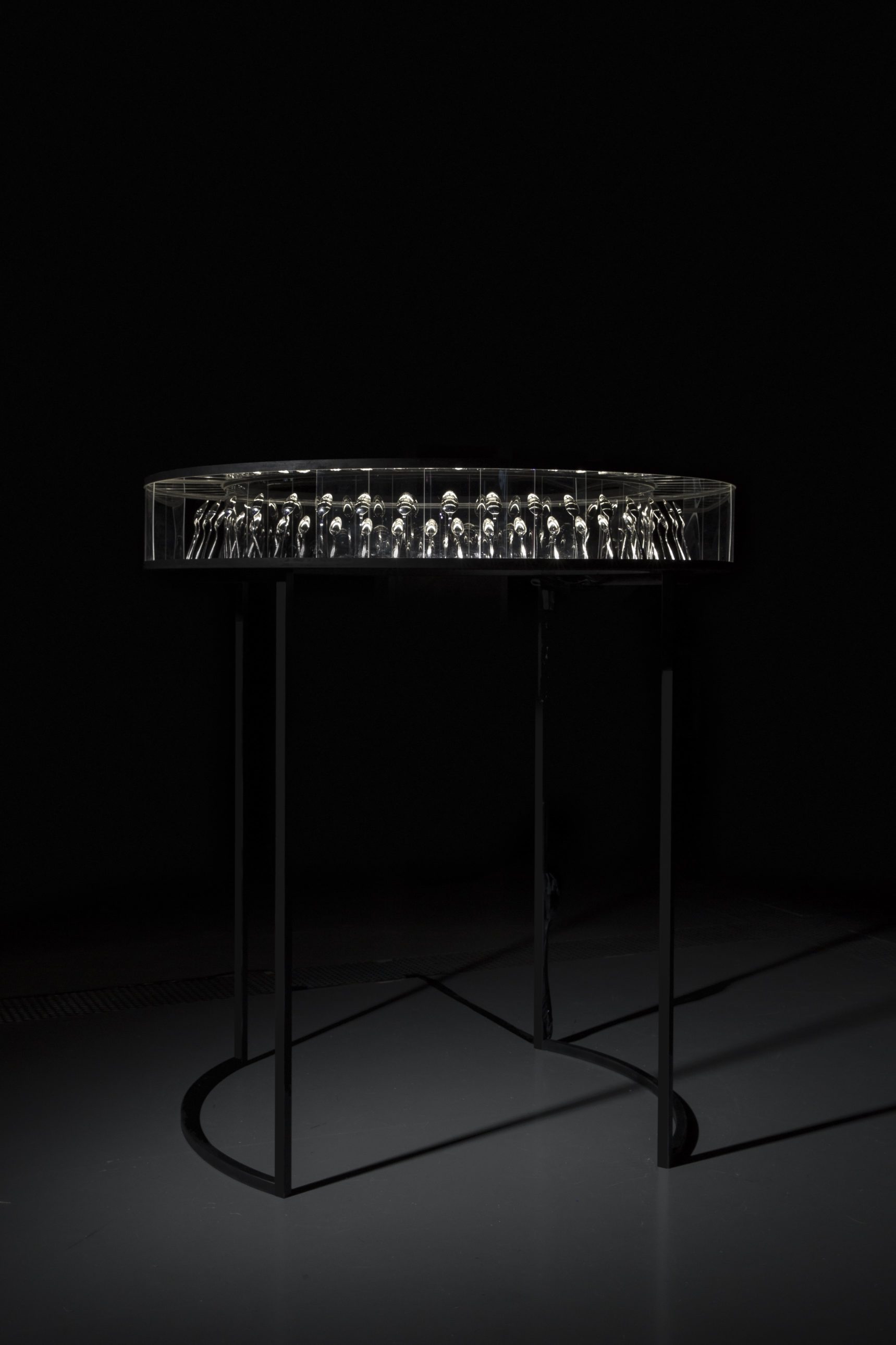
The first device takes form when I stopped and looked around me, realizing the utterly ubiquitous presence of objects. Its round shape wants to surround the visitor totally, overwhelming him: the lights highlight the spoons in a hypnotic dance of materials things.
Here the visitor has to confront himself with the presence of objects, starting to wondering what is the role of objects today.
The dimensions allow inside one person at the time, but even if space is limited, the objects are not, they reflect themselves in a play of mirror, multiply themselves.
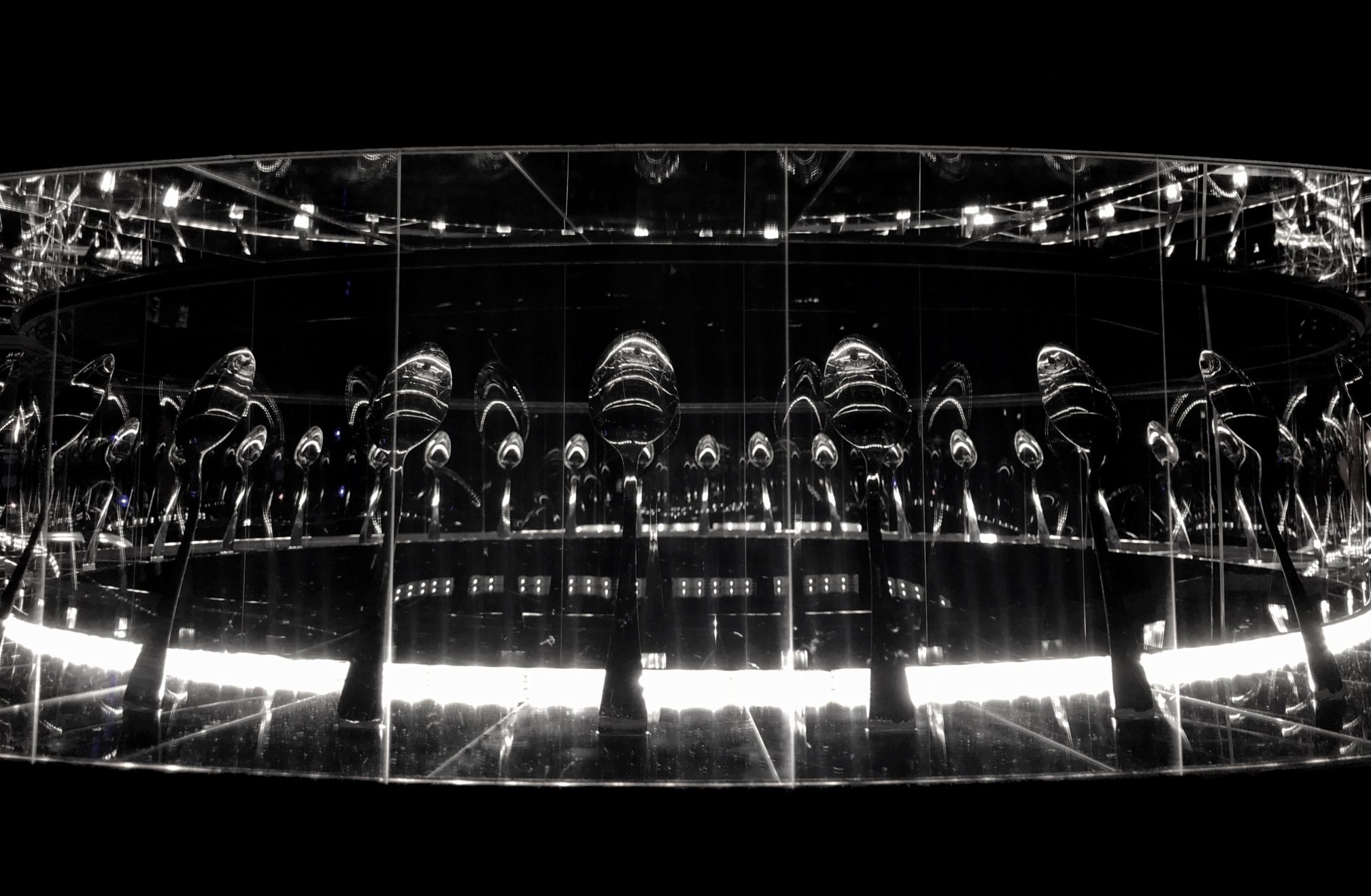
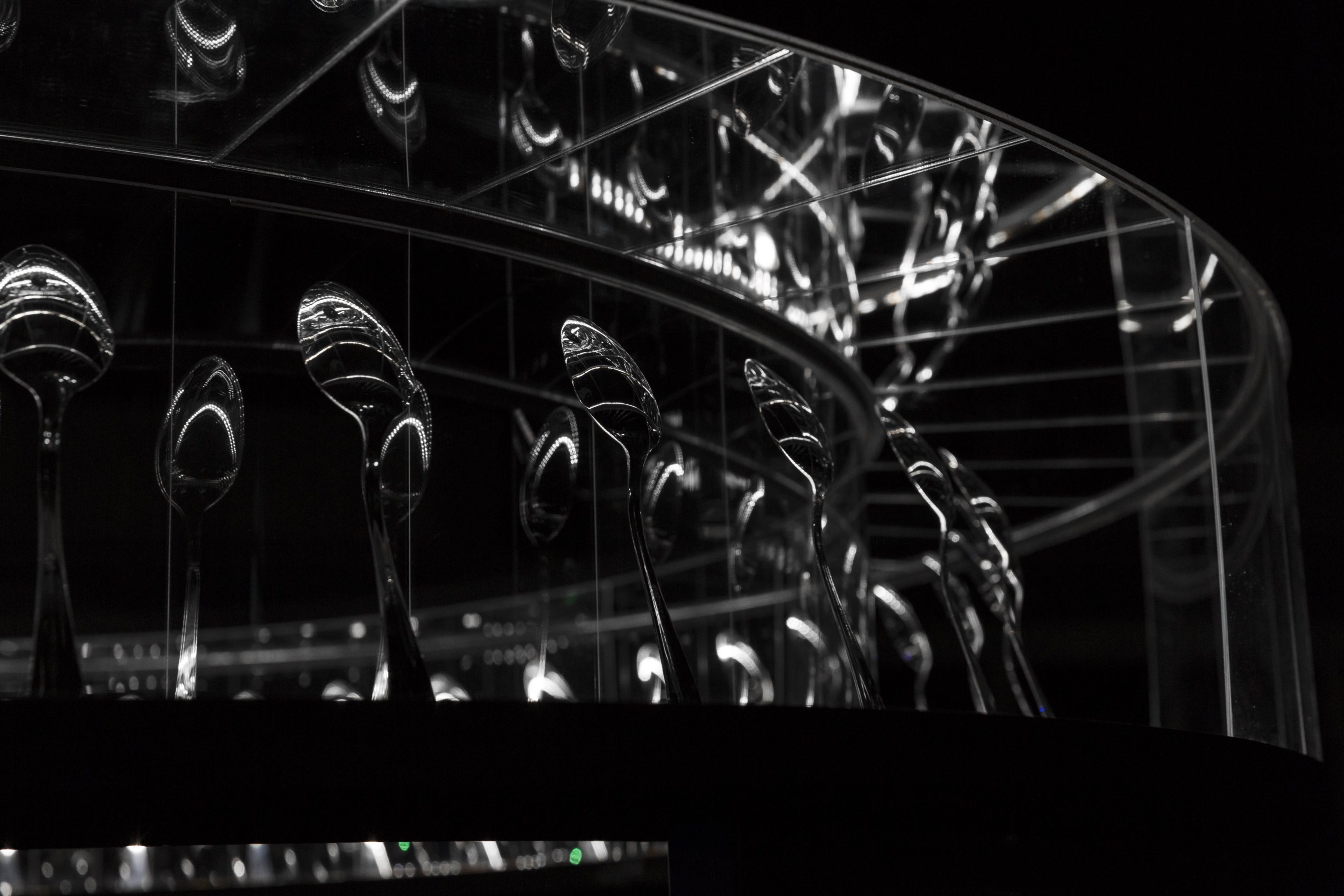
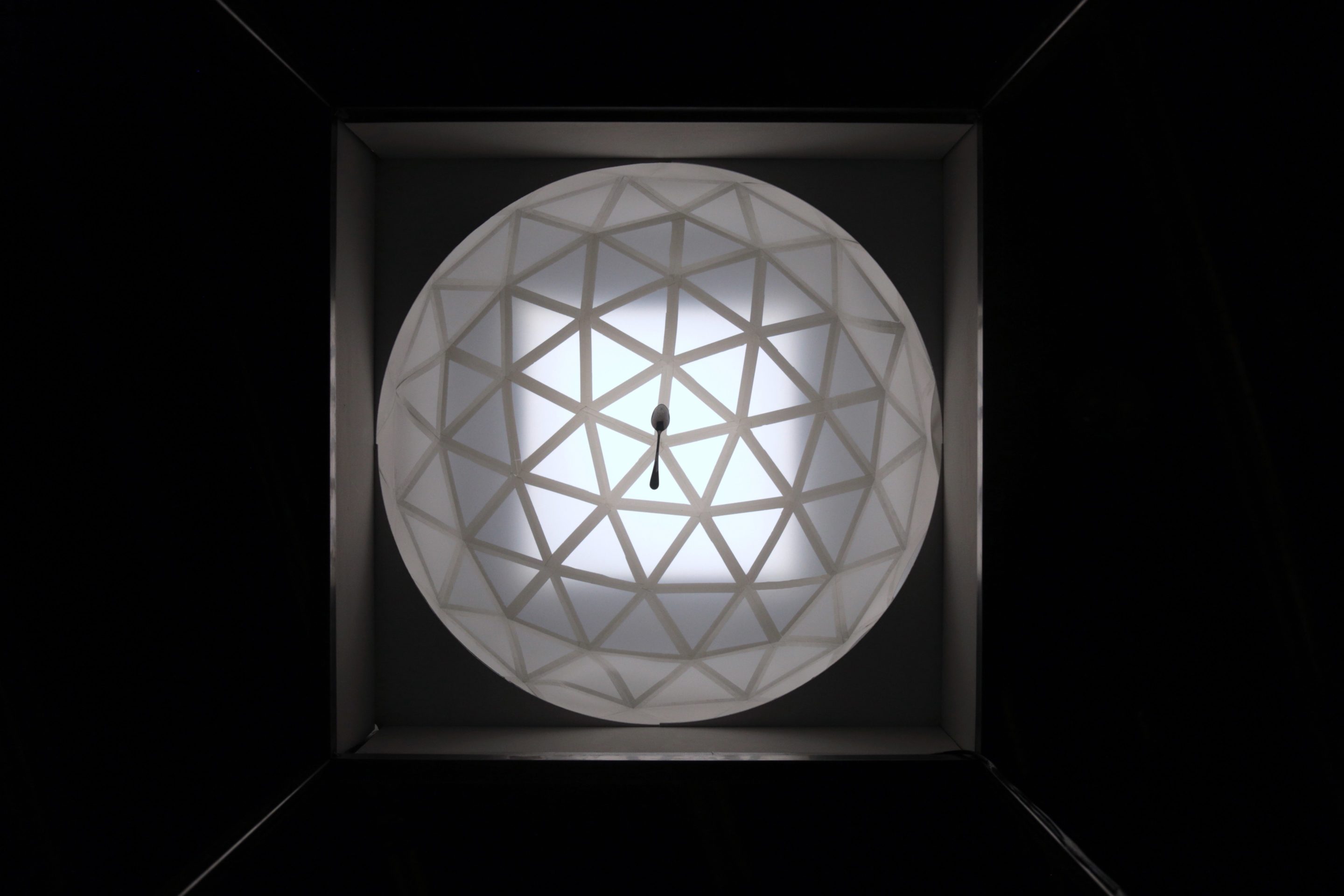
Chapter 2
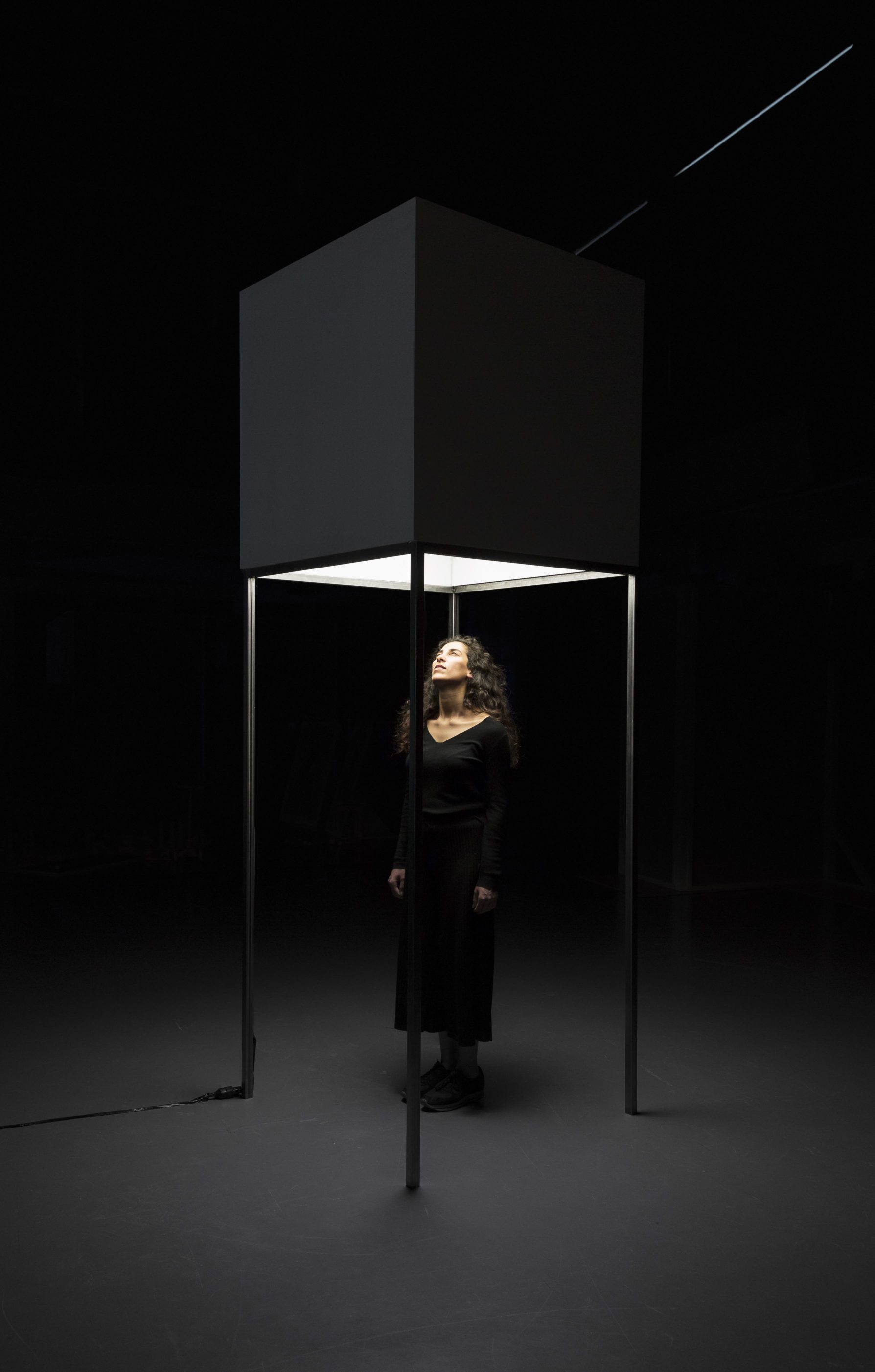
The second space presents itself with a simple shape on the outside. A light guides the visitor to enter. The symbolism is evident as the gesture. When we look up we are looking for something more.
It exists a shifting power relationship between humans and objects. We direct our actions or feelings towards them.
Or should we see it the other way around, that objects project their power over us? This space represents the ability we have, as humans to give a soul, supernatural qualities, a meaning or a purpose to inanimate objects.
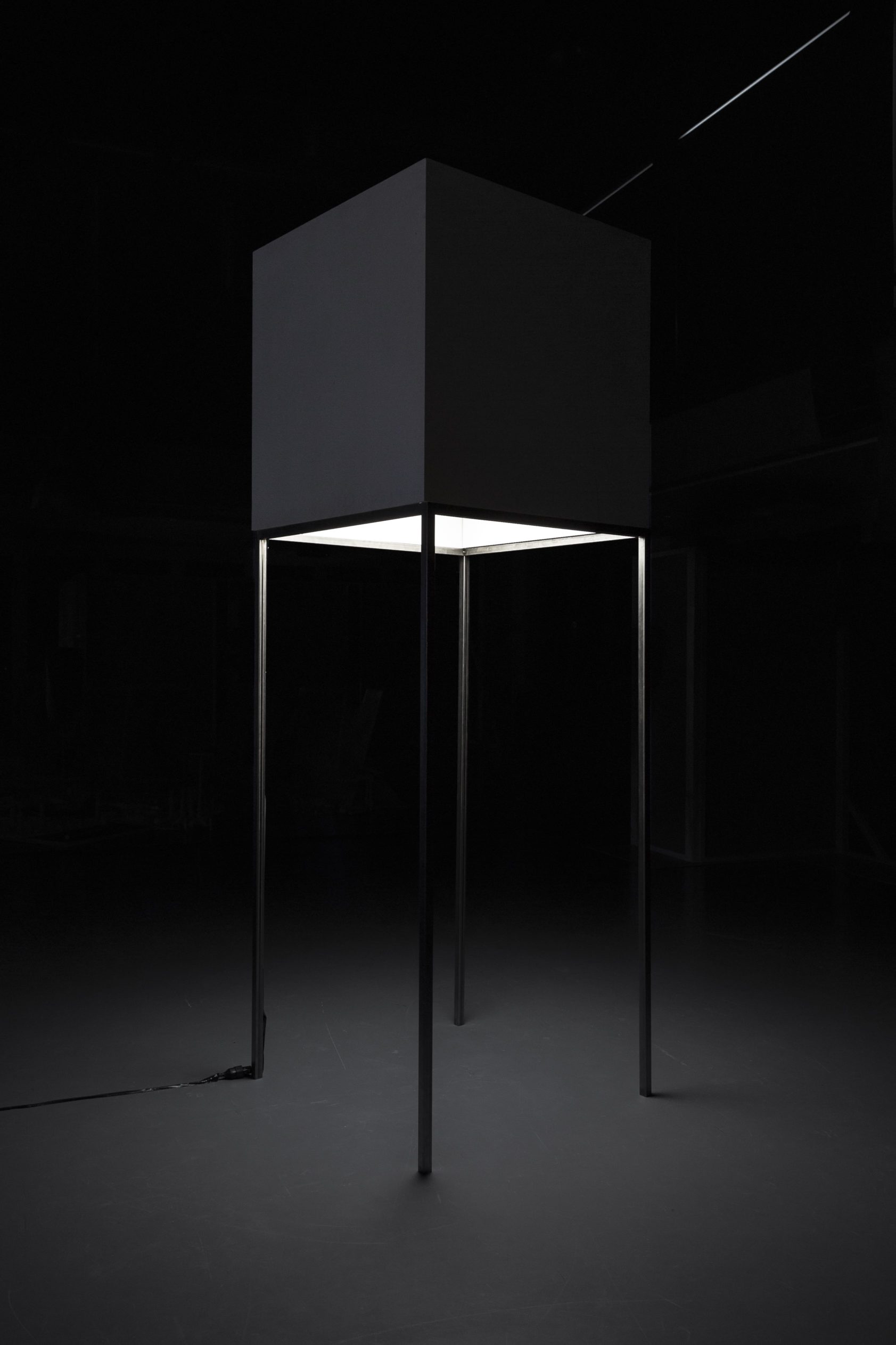
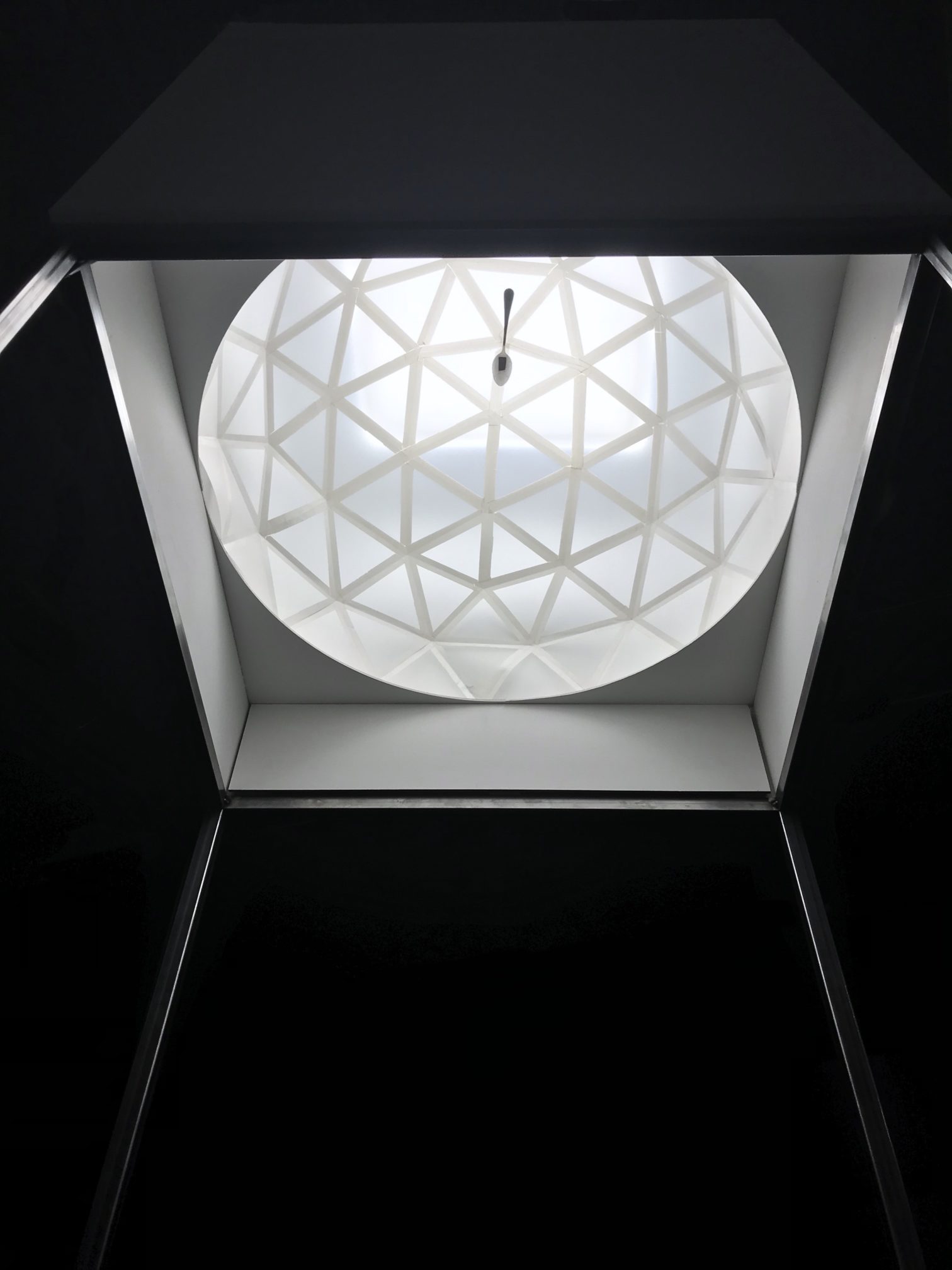
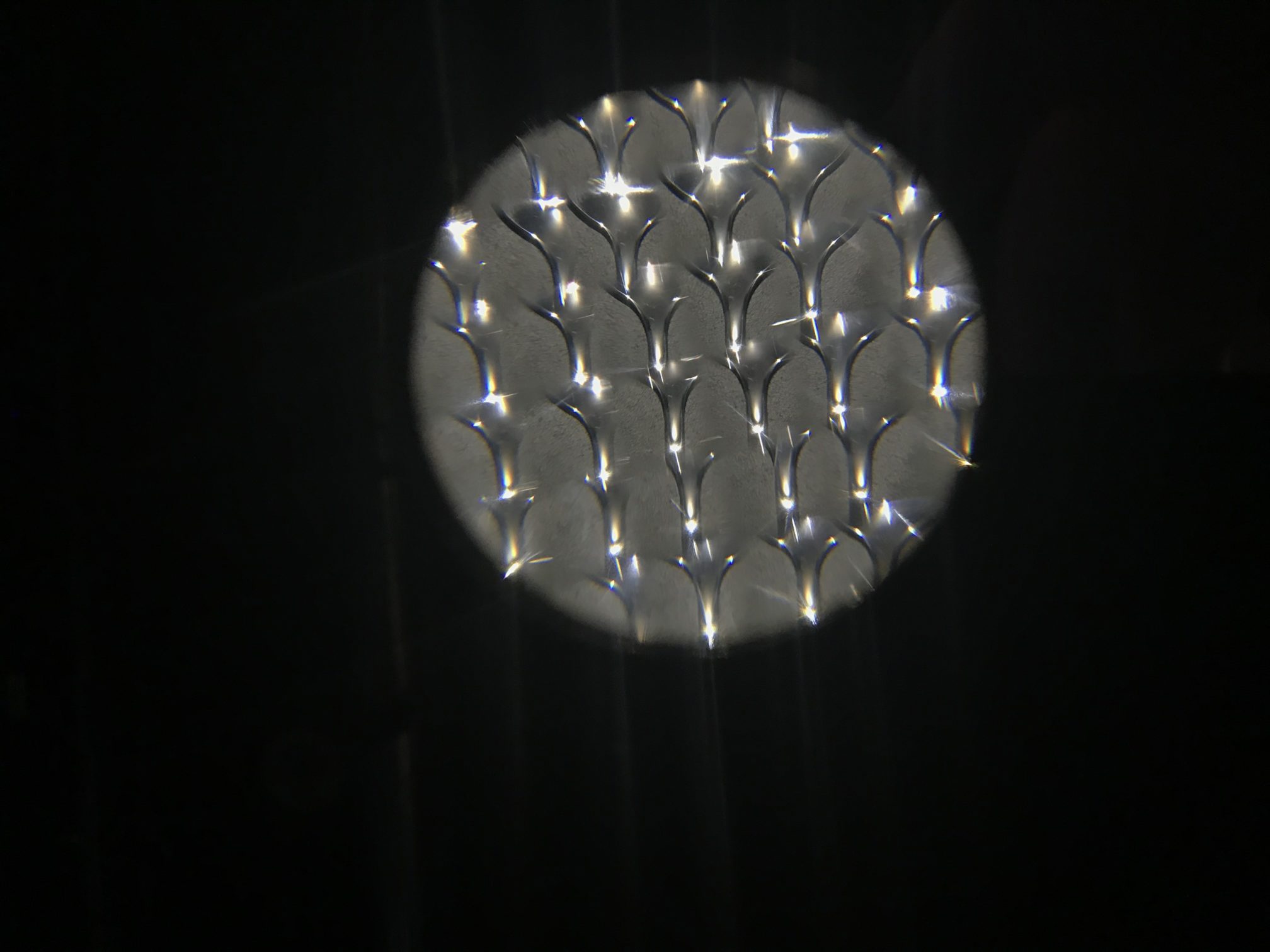
Chapter 3
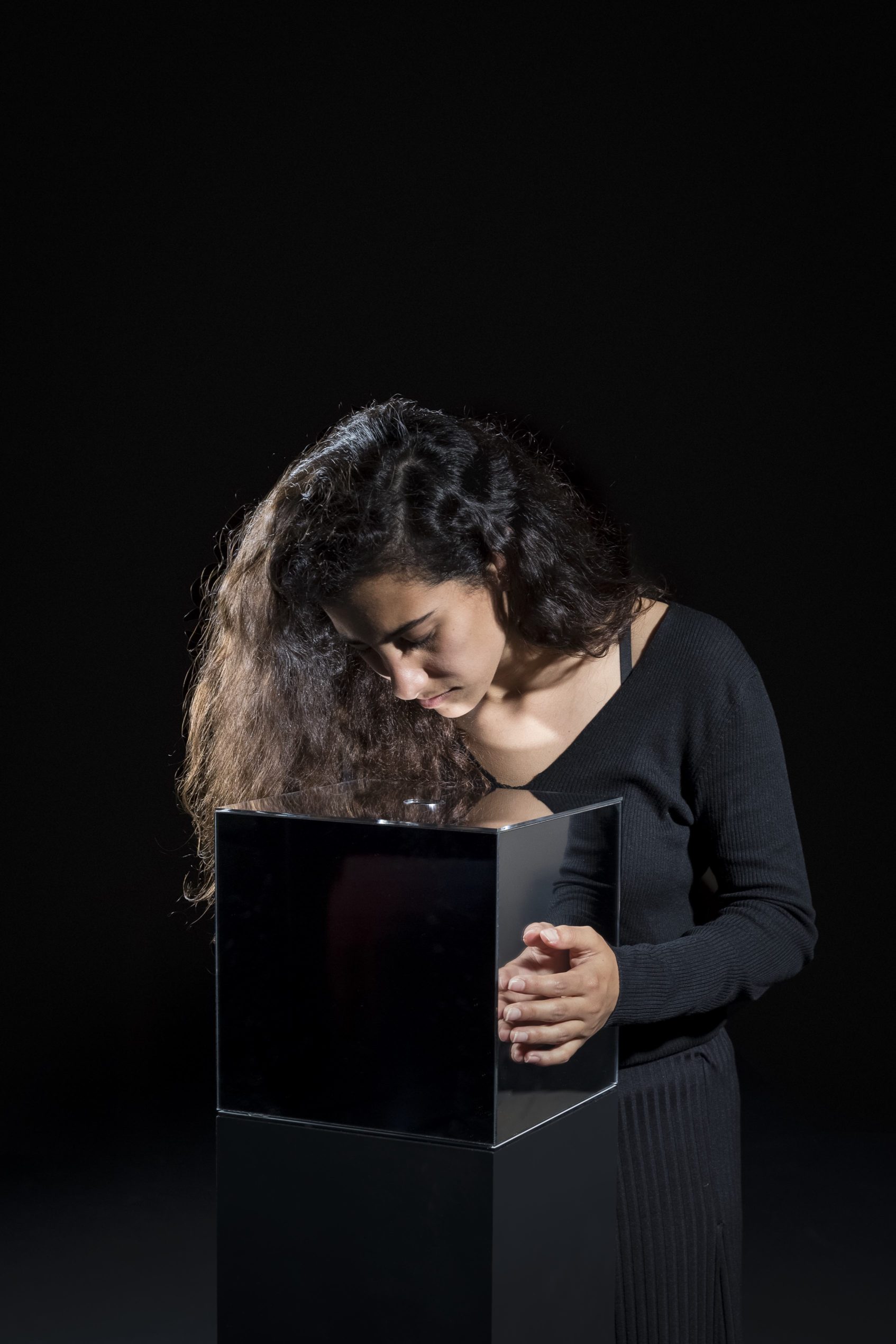
It follows a small device, a perfect mirror because it does not reflect real images, but images and memories of our desires. Its setting, is inviting to look inside. Here, we are crumpling, as if we were looking inside ourselves.
What is the relationship we have with the objects we desire, why for them our memory recalls every detail, every angle of their shape?
Here, the objects of our desires are examined in minutiae by this lens that breaks and amplify them.
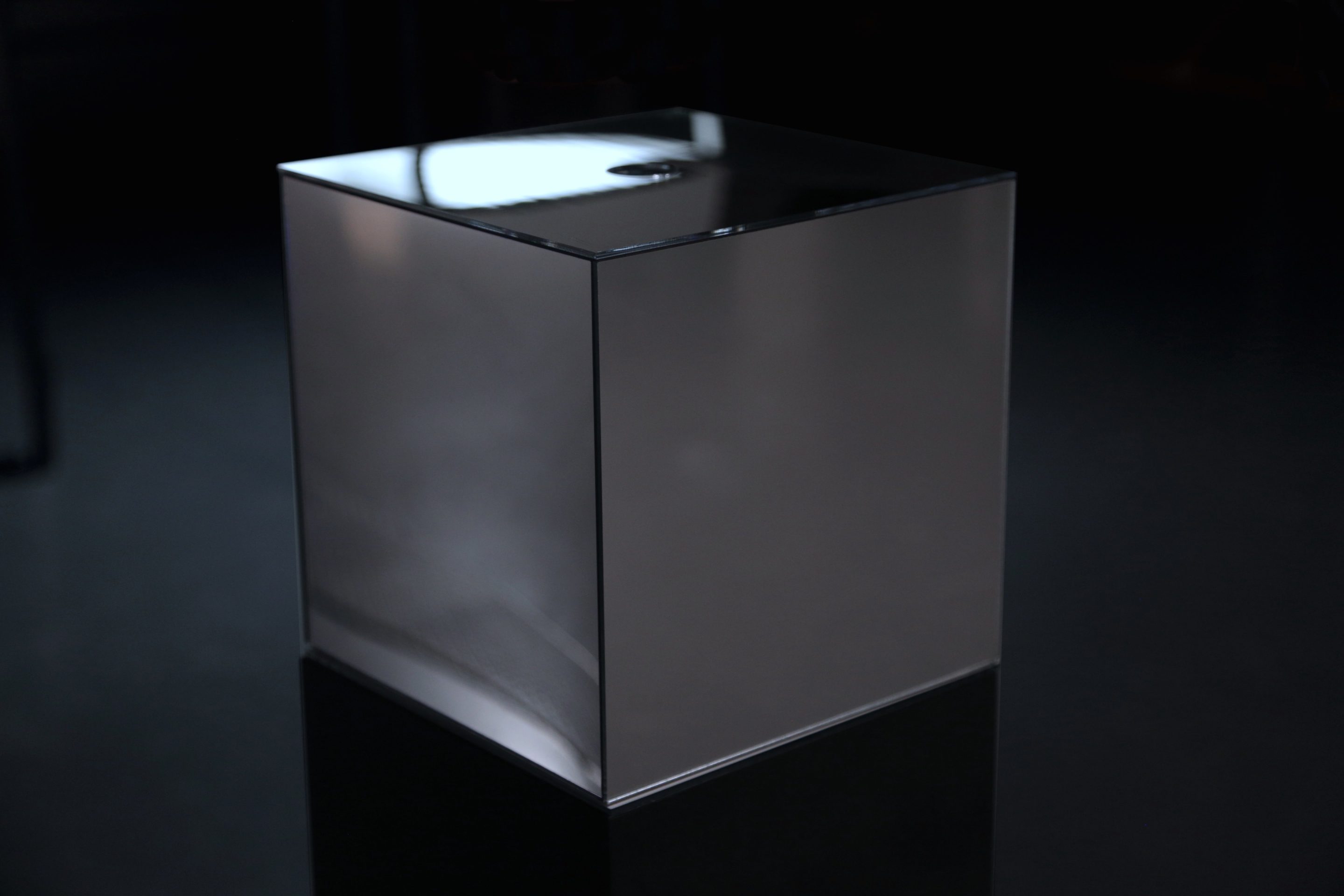
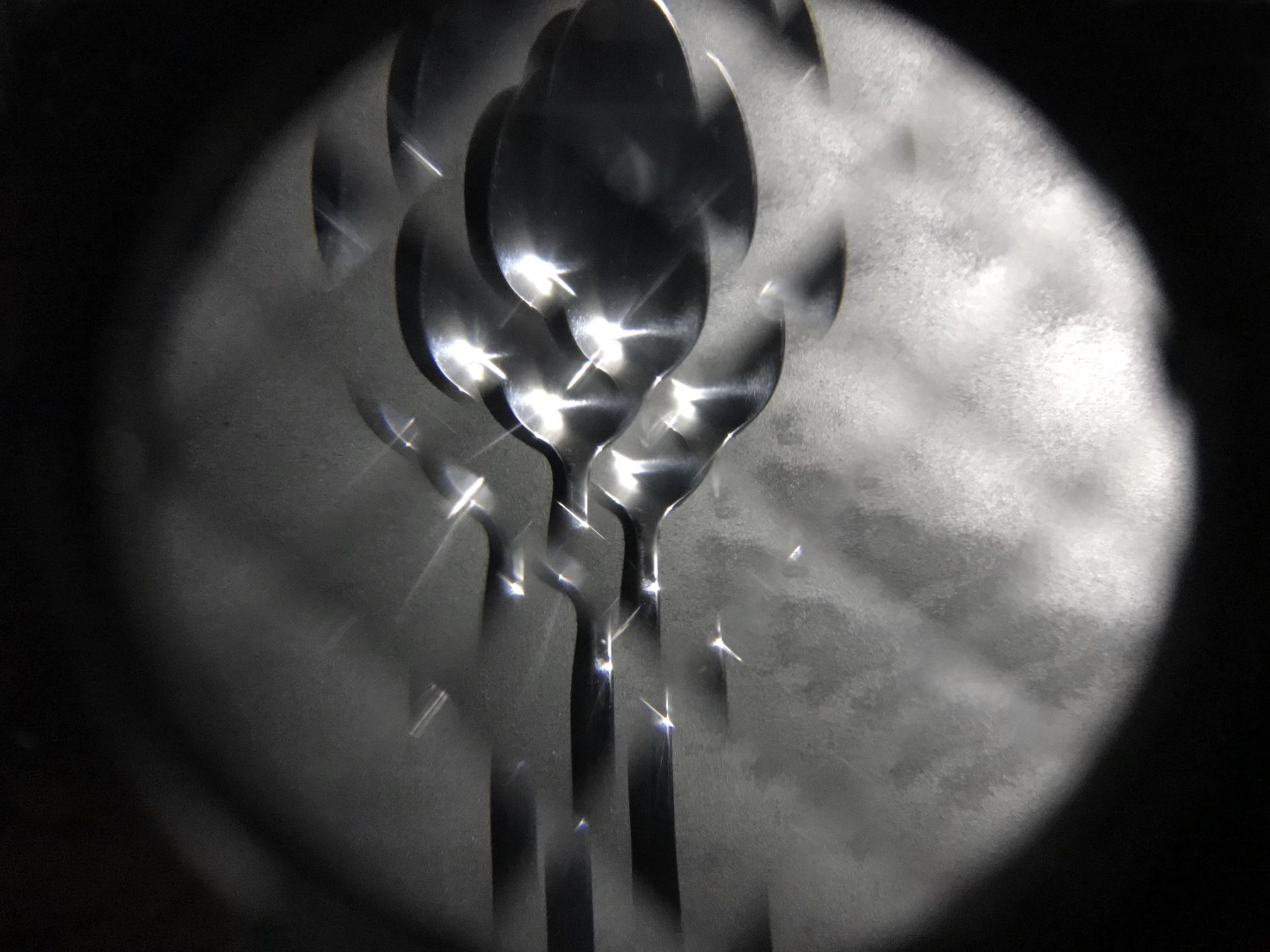
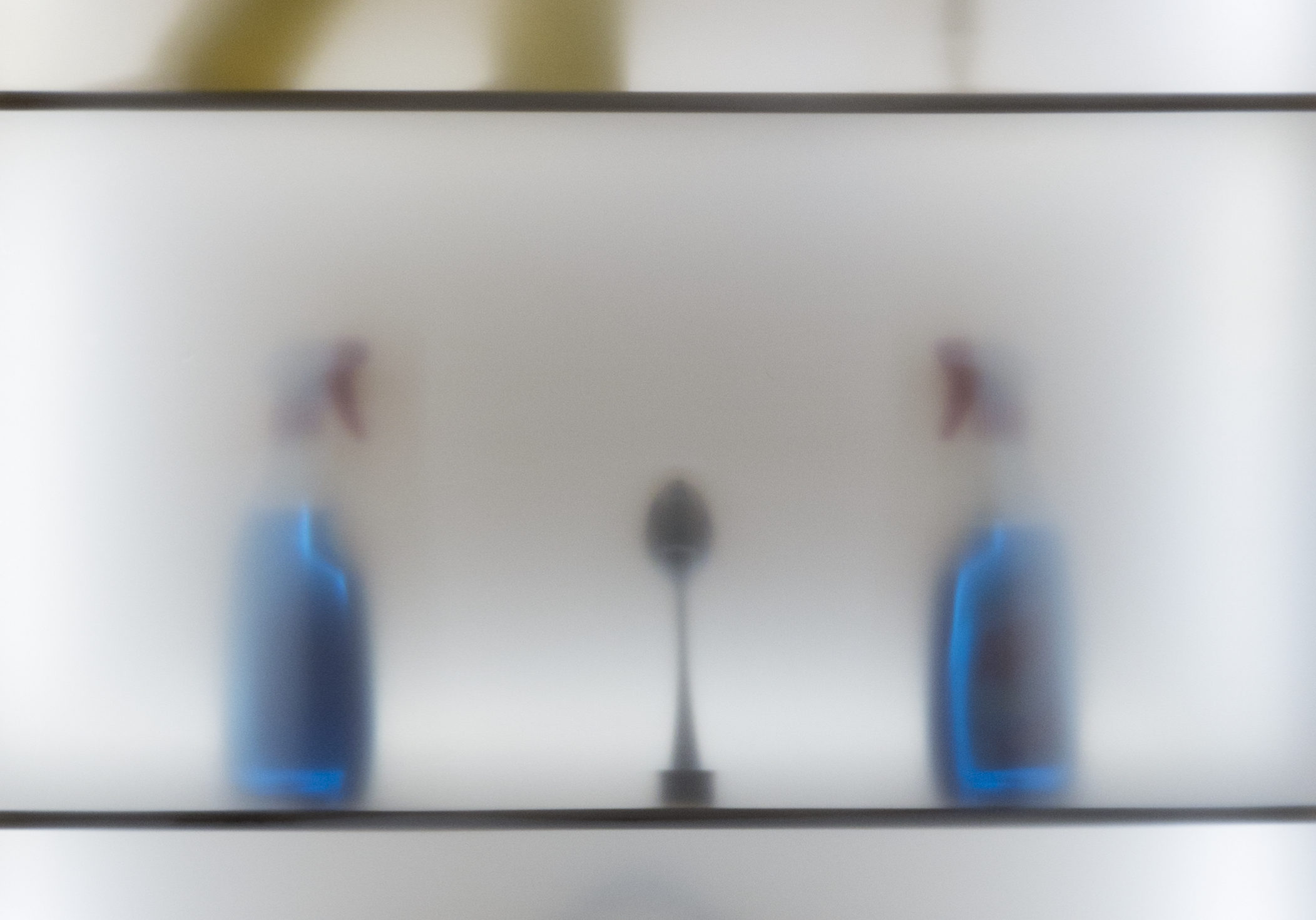
Chapter 4
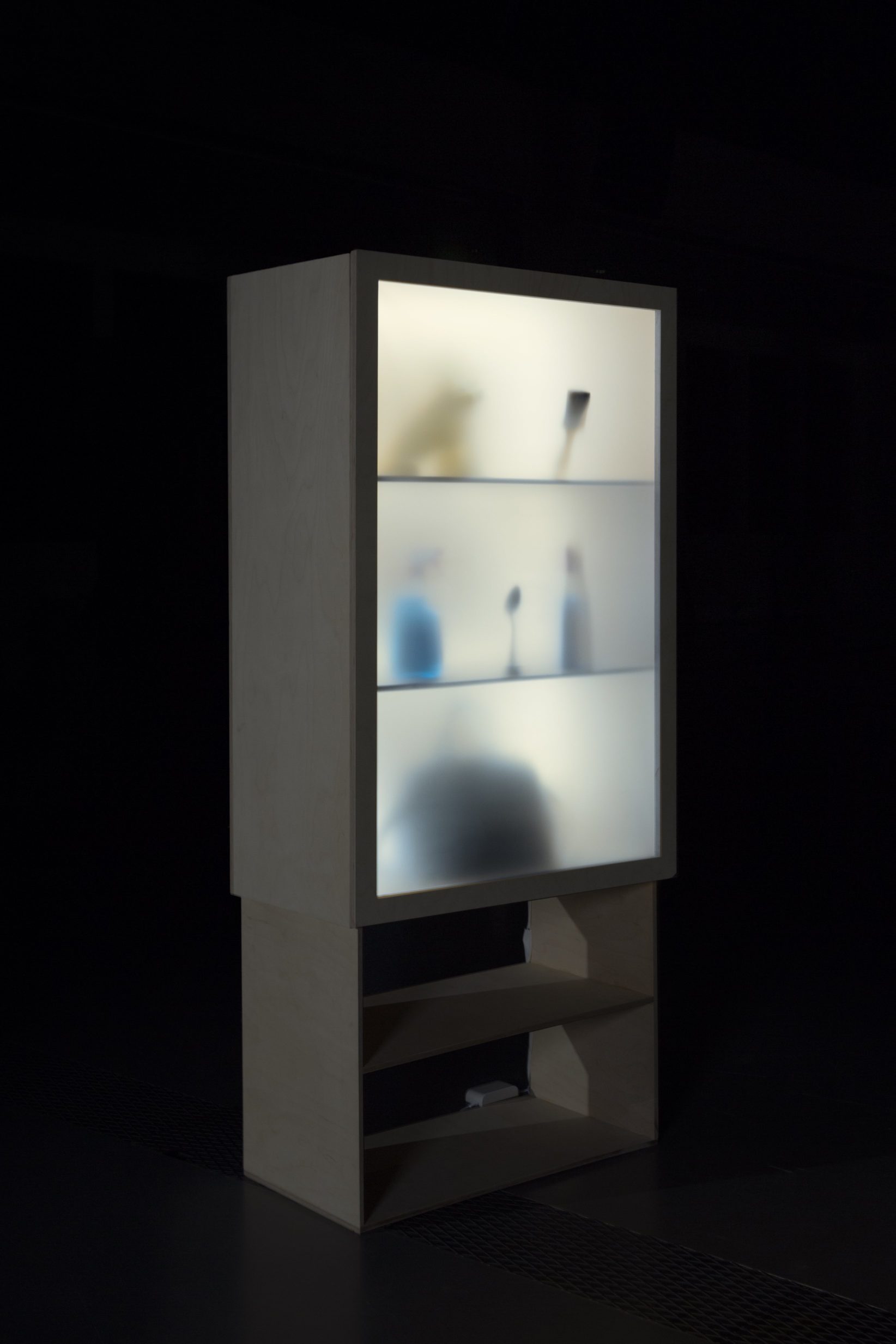
Objects can also be seen as characters of stories, motivators of plot, drivers of the narrative. Stories can take shape in our head, with just a known form, stories that are so often not about objects themselves but about the memories stories attached to them.
The objects here are transformed, blurring their shapes, we start to think about what they might suggest, transforming the objects in their archetypal form.
Moving between objects as sources of form and objects as repositories of thought and feeling.
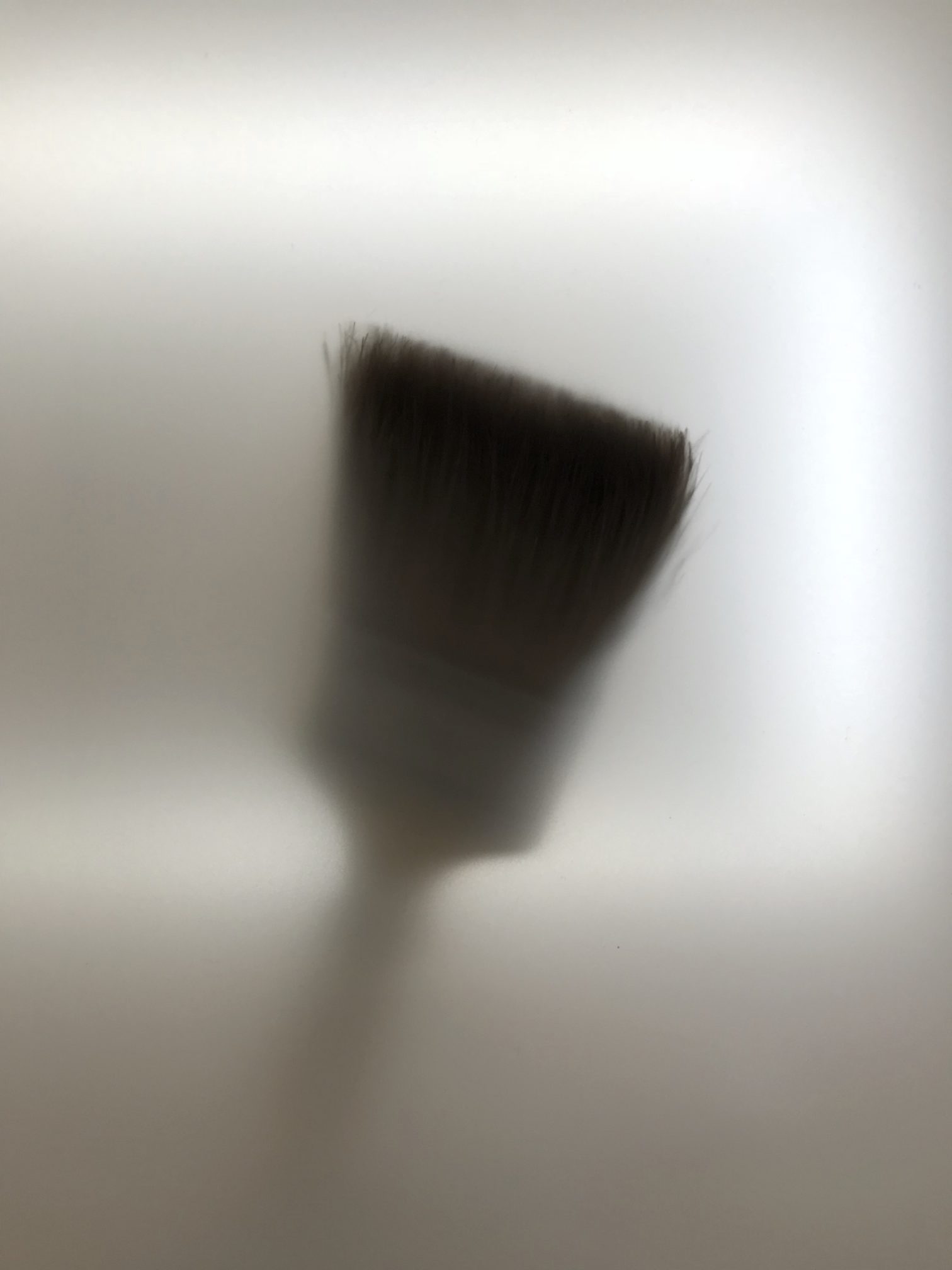
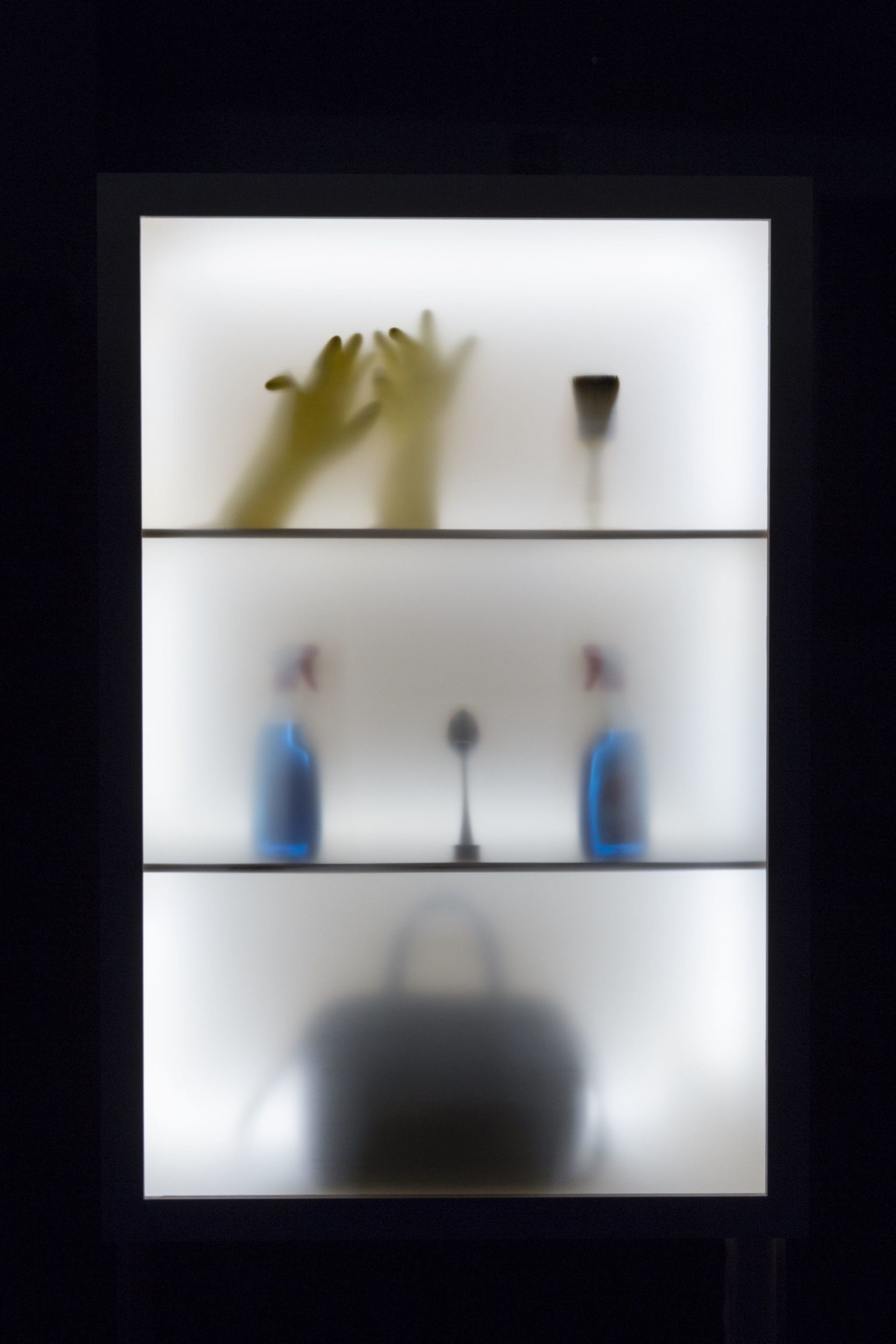
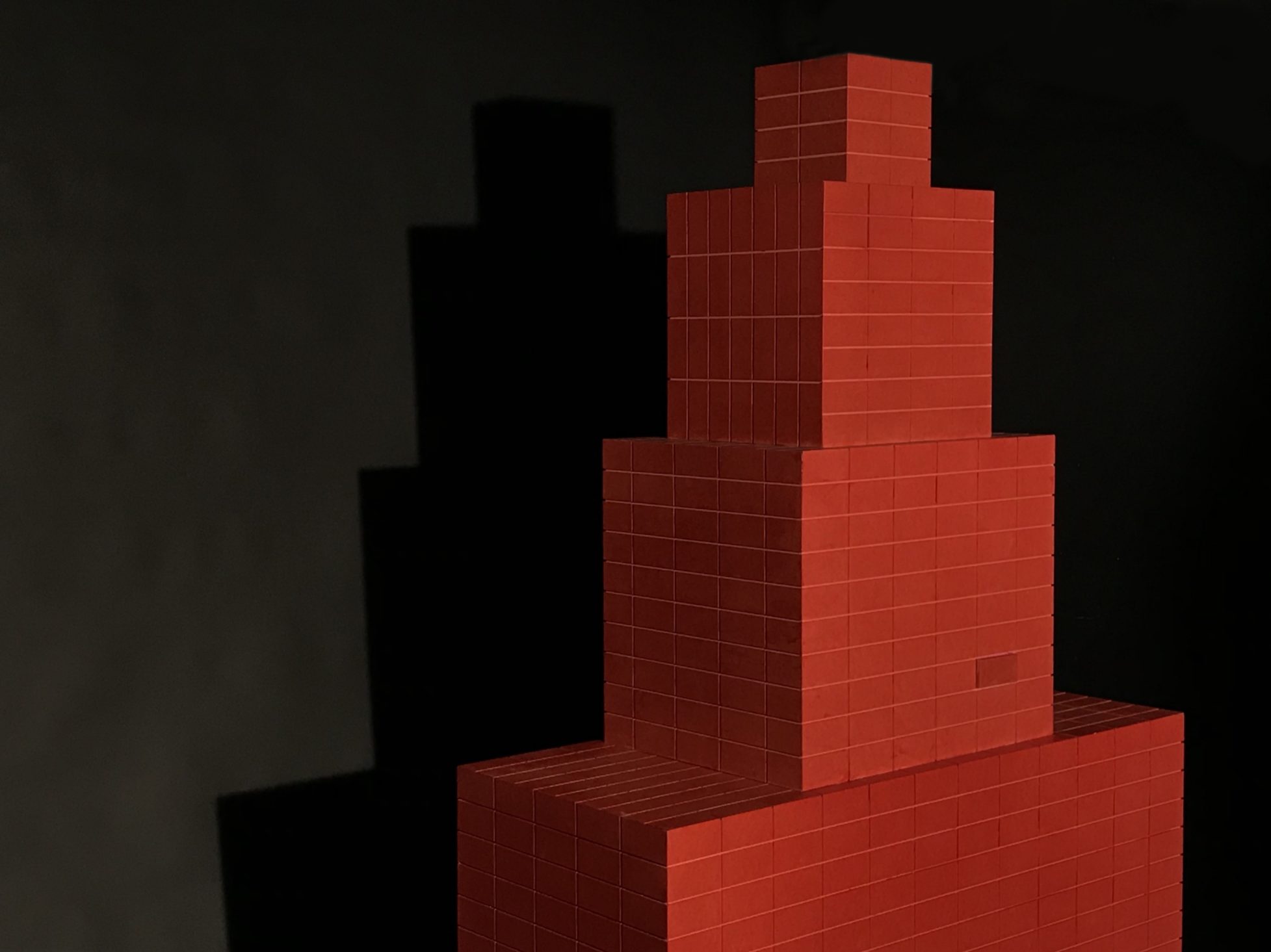
Chapter 5
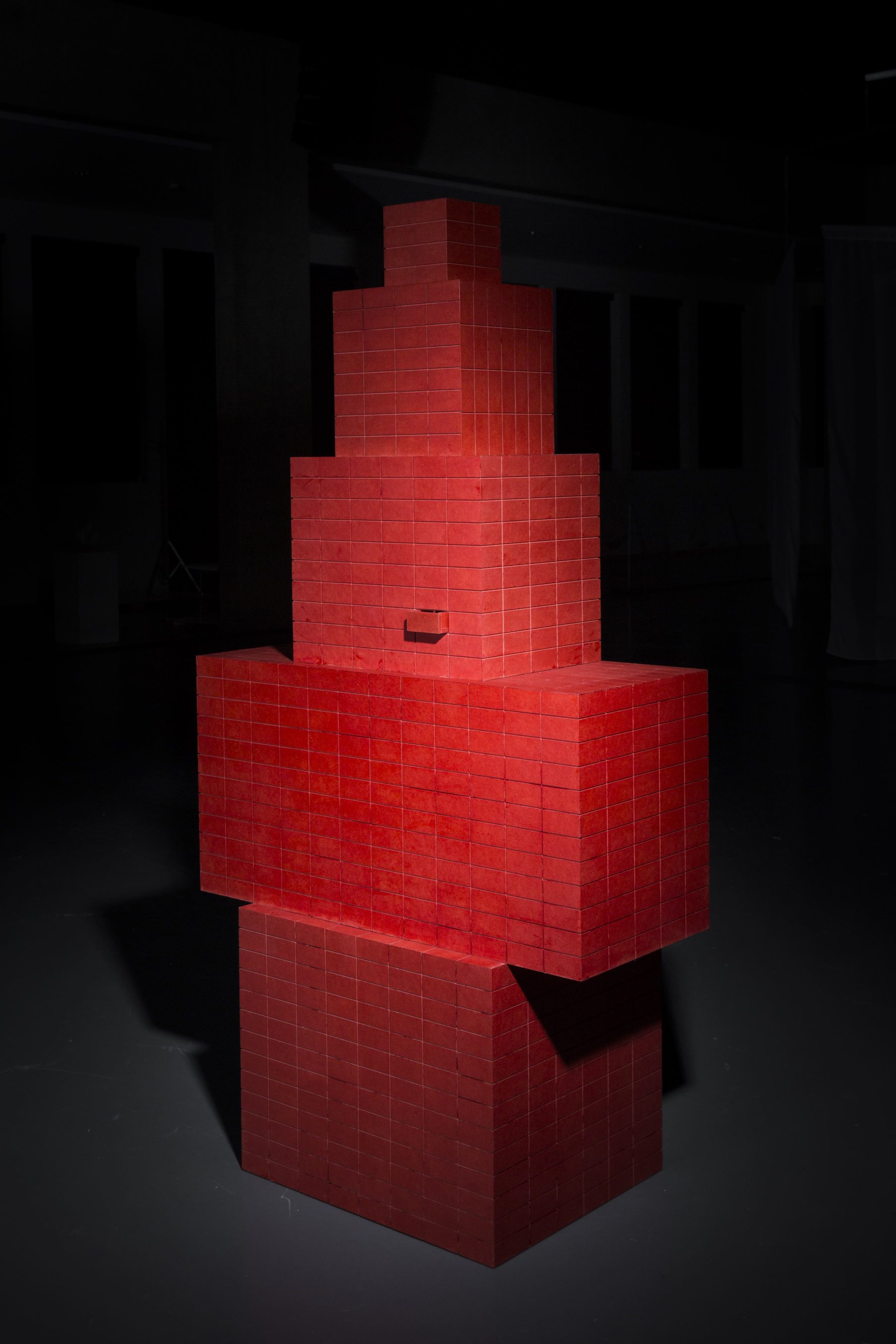
But these devices can be seen as objects themselves. Objects capable of keep, hide or show.
As a conclusion of my reflection, this final piece became the protagonist of the story. This red totemic object wants to examine and look to our personal and private space, where we keep, hide or show the objects that are present in our life.
And here hidden by this red geometric pattern, a drawer keep a spoon.
